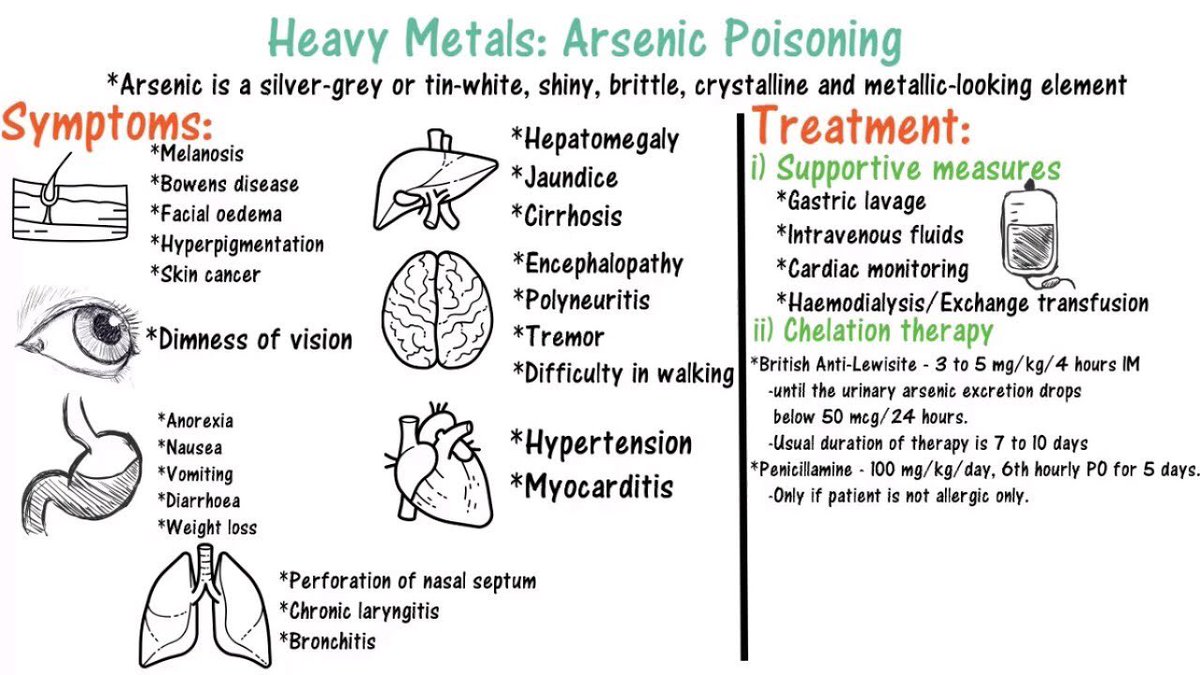
Inorganic arsenic in Chinese food and its cancer risk. Arsenic speciation in food and estimation of the dietary intake of inorganic arsenic in a rural village of West Bengal, India. Geographical variation in total and inorganic arsenic content of polished (white) rice.

Public health-worldwide occurrences of arsenic in ground water.

Contamination of drinking-water by arsenic in Bangladesh: a public health emergency. The pathways of arsenic uptake by roots and translocation through the xylem to the shoots are known, but the key steps of loading arsenic from xylem into phloem and further unloading into seeds such as rice grains have not been understood until this study 6. Thus, the identification of the responsible genes and gene products can lead to new strategies to reduce the arsenic content of plants. A critical step in the accumulation of arsenic by plants is its transport across cellular membranes. Thus, reduction of arsenic in our food supply is essential for public health. It is estimated that rice contributes up to 50% of the total dietary arsenic for West Bengal and Bangladesh populations and up to 60% for the Chinese population 4, 5. Arsenic in soil and water is taken up by plant roots and retained in edible tissues, representing the major sources of dietary arsenic 3. This toxic metalloid is ubiquitous in soil and water due to weathering of minerals and to anthropogenic agricultural and industrial activities 2. We conclude that in Arabidopsis, inositol transporters are responsible for arsenite loading into the phloem, the key source of arsenic in seeds.Īrsenic is a Group 1 carcinogen 1. These plants also exhibited a large drop in silique and seed arsenic concentrations when fed with arsenite through the leaves. Disruption of AtINT2 or AtINT4 in Arabidopsis thaliana led to a reduction in phloem, silique and seed arsenic concentrations in plants fed with arsenite through the roots, relative to wild-type plants. Expression of AtINT2 in Xenopus laevis oocytes also induced arsenite import.


Transformation of Saccharomyces cerevisiae with AtINT2 or AtINT4 led to increased arsenic accumulation and increased sensitivity to arsenite. Here, we show that transporters responsible for inositol uptake in the phloem in Arabidopsis also transport arsenic. The transporters responsible for loading arsenic from the xylem into the phloem and on into the seeds, however, are yet to be identified. Membrane transport proteins that catalyse arsenic uptake by roots, and translocation through the xylem to shoots, have been characterized in a number of plants, including rice. Understanding the way in which arsenic is taken up by crops such as rice, which serve as a significant source of arsenic in the human diet, is therefore important. Arsenic contamination of groundwater and soils threatens the health of tens of millions of people worldwide.


 0 kommentar(er)
0 kommentar(er)
